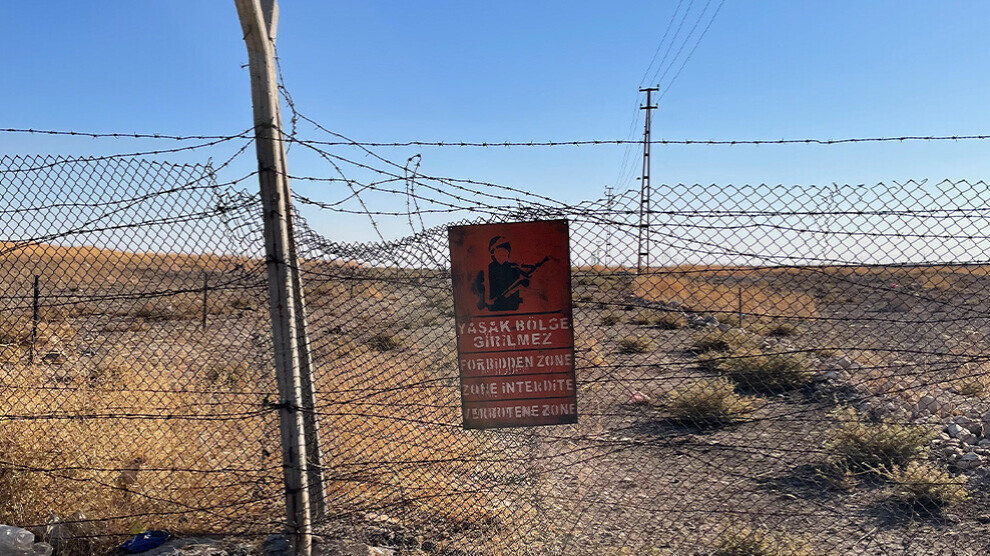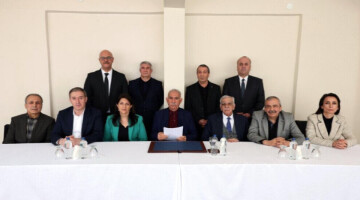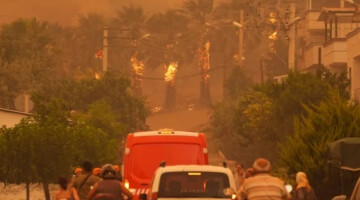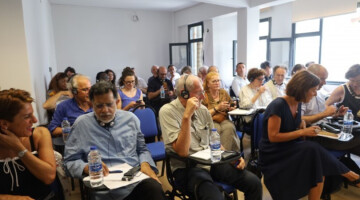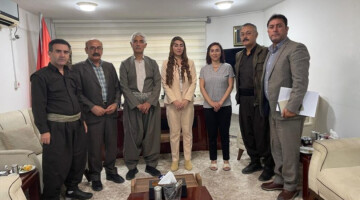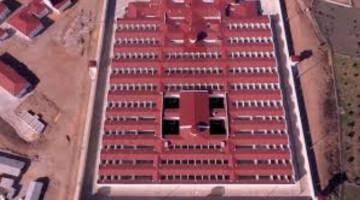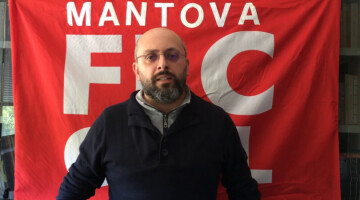The border between Syria and Turkey stretches from the Mediterranean to the Tigris and is almost 900 kilometers long - a dangerous area. This is because more than 606,000 landmines have been lying dormant here since the 1950s. This makes it one of the largest minefields in the world. Turkey should have cleared the deadly explosive devices by 2014; the government committed itself to this by signing the Ottawa Convention. However, Turkey failed to meet this target, which is why it applied for a postponement twice. The government in Ankara now plans to clear all mined areas by 2025. It is doubtful whether the extended deadline will be met this time.
By acceding to the Ottawa Convention, an international treaty on the prohibition of the use, stockpiling, production and transfer of anti-personnel mines and on their destruction, Turkey pledged as early as 2003 to clear and dispose of all mines in the country (more than three million at the time). After a long delay, the stockpiles, a significant part of which came from the German Armed Forces' depots, were destroyed in 2011. However, the clearance work is progressing only slowly. According to the initiative "A Turkey without Mines", the Turkish government has not yet cleared even one fifth of all contaminated areas, which have been estimated at 214.74 km² by the German aid organization DEMIRA (Deutsche Minenräumer e.V.).
134 km² on the southern border contaminated with mines
Until 2015, the minefields on the Turkish-Syrian border alone still covered an area of over 180 km². Since parts of the border with Syria were additionally secured by Turkey with a wall, this number has been reduced to just under 134 km². According to Muteber Öğreten of "A Turkey without Mines," a total of 1,294 locations in the Turkish-Syrian border area are contaminated - with 412,000 anti-personnel mines and 194,635 anti-tank mines. It is estimated that more than 10,000 people have already been targeted by these explosive devices: 3,000 have died in the minefields and 7,000 have been seriously injured. The first mines were laid in the mid-1950s to prevent people from crossing borders illegally. Since the early 1980s, new minefields have been added. They were intended to prevent fighters of the Kurdistan Workers' Party (PKK), whose training camps were located in Syria at the time, from crossing the border.
Deferral not for mine clearance, but for program development
Muteber Öğreten is the coordinator of the initiative "A Turkey without Mines," which is a member of the 1997 Nobel Peace Prize-winning network "International Campaign to Ban Landmines" and has been campaigning for years for Turkey to comply with the Ottawa Convention. The activist does not believe the government in Ankara will remove all deadly legacies from the ground by 2025. In any case, she said, the recent postponement is not for clearing mines from the contaminated areas, but only for creating a program to do so. "Turkey is not at all capable of fulfilling its obligations under the Ottawa Convention," Öğreten noted, as it is primarily a question of cost. "But because of the contamination with mines, whole areas of land are uninhabitable."
The most fertile soils are contaminated
Landmines are mainly located on agricultural land, in areas adjacent to roads and in areas used for civilian purposes. Adding to the human dimension of the landmine problem in Turkey, therefore, is the impediment to economic and social development, Öğreten said. "The mines block agriculture and inhibit the development of infrastructure. The fourth generation now lives on the edge of these minefields. Along the southern border alone, they extend up to 700 meters deep into the national territory in many places - and thus onto the most fertile soils."
Öğreten emphasized that the contaminated areas increase the poverty of the population, saying that if the minefields were cleared, at least 13,300 hectares of agricultural land could be released in the cities of Hatay, Kilis, Antep, Urfa, Mardin and Şirnak alone. People would once again plow fields and children would once again play safely. Refugees could return, feed themselves thanks to agriculture, and society could flourish again. "The problem of unemployment would be solved to a great extent, as jobs would be created in other areas as well. But the government lacks the will," Muteber Öğreten said and continued, "The Ottawa Convention regulations are also reasons that Turkey has been able to delay the clearance work so far. The government relies on articles of the international treaty precisely to avoid having to comply with it de facto. We strongly criticize this."
Eastern border to be gradually cleared
Contrary to the southern border with Syria, the eastern border between Iğdır and Hakkari with Iran is gradually being cleared of landmines. The goal of a project launched last September by the European Union (EU) and the United Nations Development Programme (UNDP) in cooperation with the Turkish Mine Action Organization (TURMAC), for example, is to remove a total of 83,000 landmines from the ground along Turkey's eastern border by January 2023. The financial resources are provided by the EU and the UN. Ankara is not paying a cent.

